Tea enthusiasts who favor Spring Tea can enjoy a steady stream of authentic spring teas from mid-March until the end of May. Among early spring teas, the first harvest is the most precious. After the autumn harvest and winter dormancy, this batch of tea is rich in content, with robust buds, soft leaves, and prominent white down, offering a fresh, tender, and mellow flavor. Many tea lovers eager for novelty hope to purchase this batch of tea. With spring tea season approaching, here comes a guide to buying Pu'er spring tea.
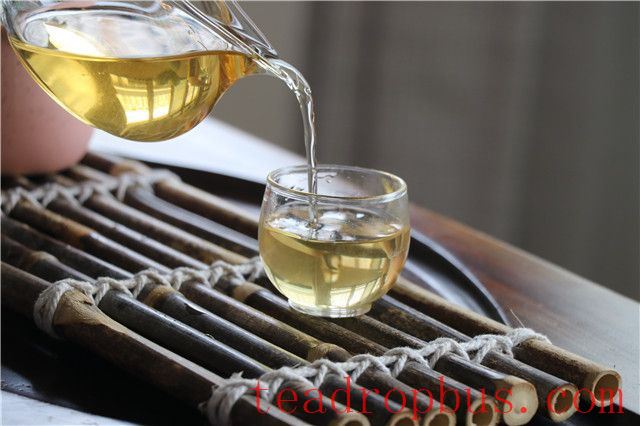
1. Is Pu'er spring tea the best quality among the four seasons?
Answer: Yes!
Reasons include: First, from winter to spring, tea trees have over six months to accumulate nutrients, providing ample nourishment for tea growth, making the tea's internal content the richest among the four seasons.
Second, spring temperatures are neither too hot nor too cold, which is conducive to the accumulation of amino acids and other fresh, sweet substances.
Third, rainfall decreases in most areas of Yunnan during spring, providing sunny weather ideal for sun-drying the raw Pu'er tea during production.
Finally, following winter and the arrival of spring, all things are just awakening; tea pests and diseases are relatively few, ensuring the quality of the tea.
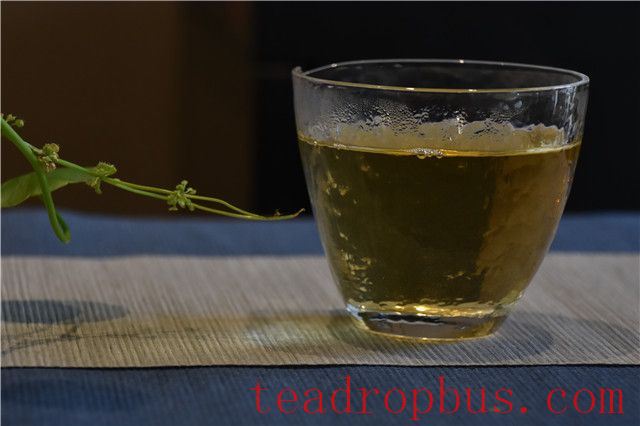
2. Why are ancient tree spring teas more expensive among Pu'er spring teas?
Answer: Rarity increases value. Ancient tree spring teas are scarce, especially in small micro-regions where the quantity is even smaller. The number of ancient tea trees is limited, yet many people want to taste them. Supply is less than demand, so prices naturally rise.
These ancient tea trees grow in deep forests, gathering the essence of nature and the wildness of the forest. Their taste is much better than those grown elsewhere.
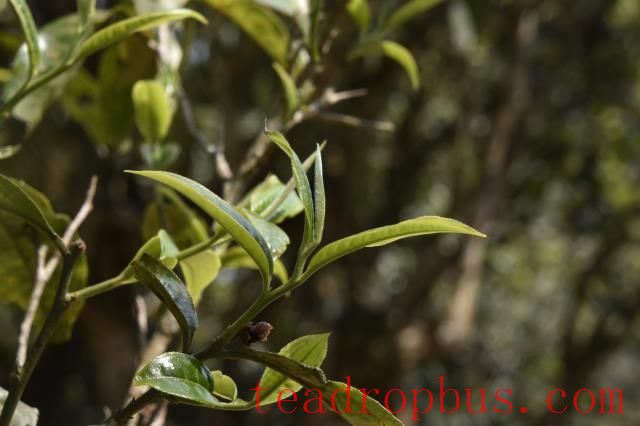
3. Does high-priced Pu'er spring tea mean it's good?
Answer: Price often corresponds to value. However, it doesn't mean you must buy high-priced Pu'er spring tea.
Often, tea enthusiasts ask: Are there standards for good tea? If so, what are they? This applies to Pu'er spring tea as well, with good Pu'er spring tea having standards (high-quality raw materials, exquisite tea-making craftsmanship, taste that reflects the uniqueness of the tea-growing region). For example, Pu'er spring tea from Jingmai Mountain should have the regional characteristic of “Orchid fragrance”; Pu'er spring tea from the Lincang tea region should have a high floral aroma when young.
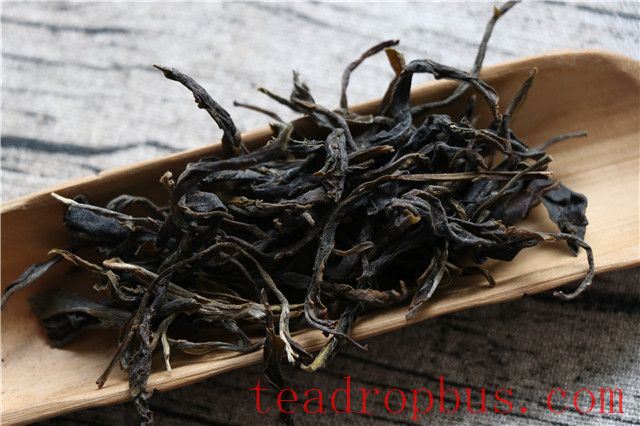
4. How do I choose Pu'er spring tea?
Answer: This is a problem faced by many tea enthusiasts. Of course, if you're an experienced tea enthusiast, you probably have your own purchasing insights.
A few tips for choosing Pu'er spring tea: First, observe, taste, and learn as much as possible. Second, don't blindly pursue rare teas. Third, select teas based on your personal preferences. Fourth, buy from trusted brand tea shops.
Every spring tea season is the perfect time to taste new spring teas, because spring tea only comes once a year.
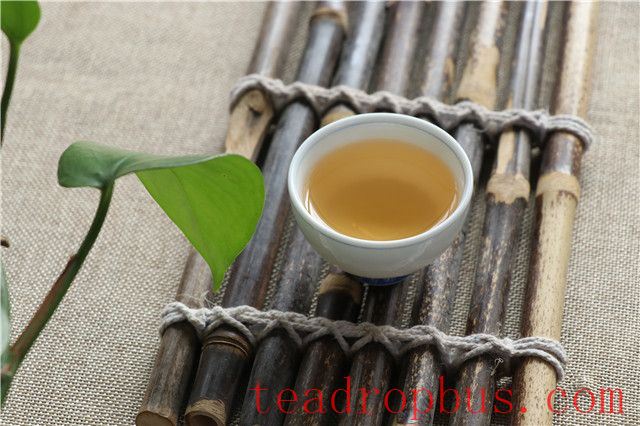
5. What are some considerations for drinking Pu'er spring tea?
Answer: Enjoying Pu'er spring tea appropriately is a delightful experience, but there are a few points to note to better savor the tea.
The spring tea produced in the current year is still quite young in terms of age, and its nature is cool. When drinking, consider your physical condition. If you recently had digestive issues, it's recommended not to drink newly produced tea, instead opting for ripe tea to adjust. If you're experiencing heatiness, you can drink a moderate amount of spring tea to help cool down.
When drinking Pu'er spring tea, avoid doing so on an empty stomach, and it's best to drink it about half an hour after eating. Tea enthusiasts who already struggle with sleep quality should avoid drinking Pu'er spring tea before bed, as it may affect their sleep.
Seniors drinking Pu'er spring tea should also take their health into account and drink appropriately.